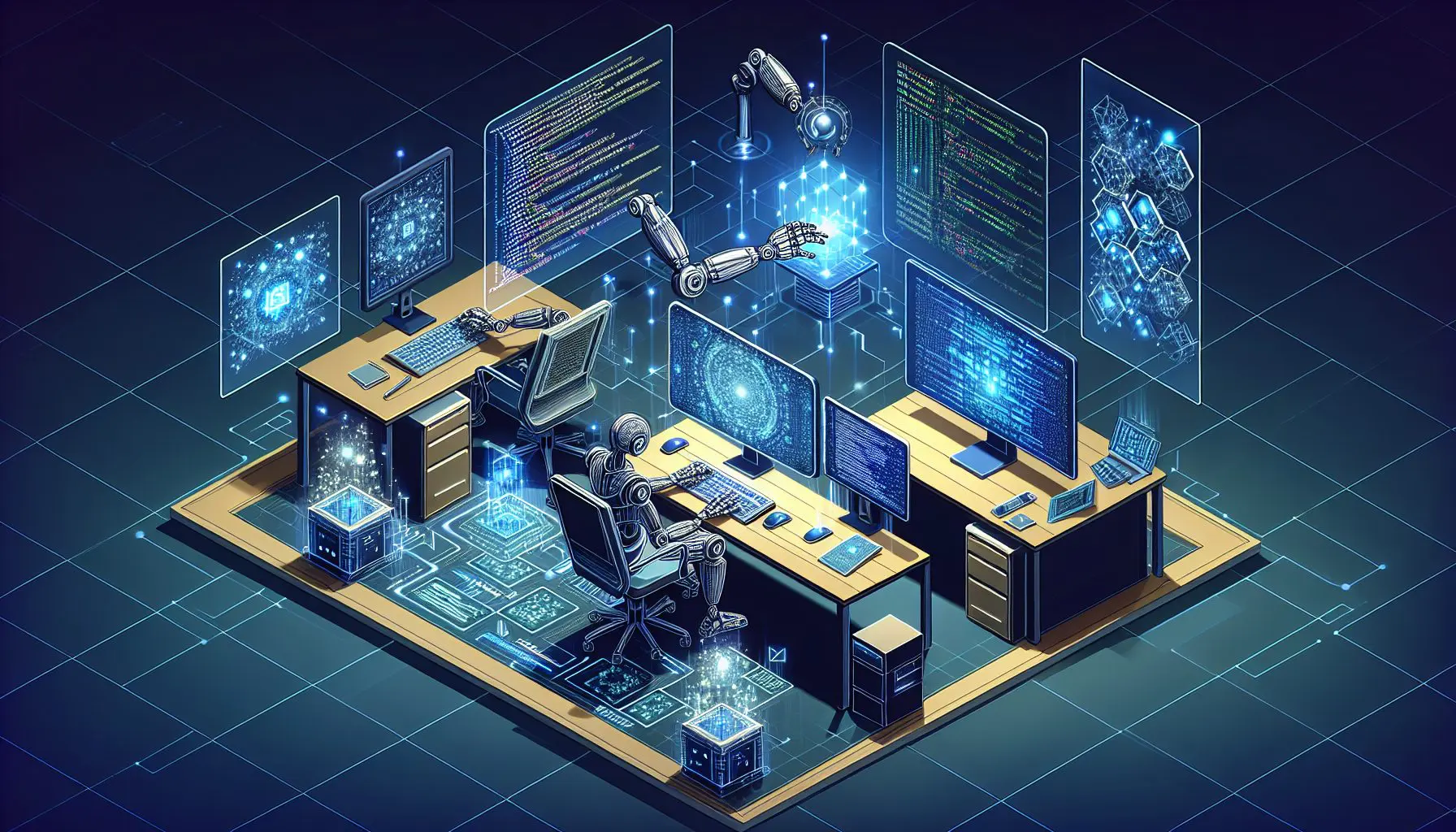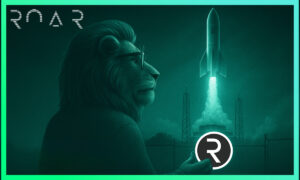In the early days of any fast-scaling startup, teams can often find themselves fragmented by modules, with a sense of ownership that’s fuzzy at best. Even with brilliant engineers and solid processes, bugs and integration issues can persist. It’s not just about code quality – it’s about identity, accountability, and how teams see themselves in the larger mission.
Code ownership isn’t just a technical arrangement; it’s the DNA of your team’s identity. It defines who feels responsible, who owns quality, and how collaboration unfolds across boundaries.
Why Code Ownership Drives Quality and Culture?
Across numerous organizations, from startups to Fortune 100 companies, code ownership consistently emerges as a foundational ingredient that shapes culture, quality, and delivery.
When engineers feel a deep sense of ownership over their codebase:
- Quality goes up: They don’t just fix bugs; they anticipate them. They write clearer tests, documentation, and think about maintainability. They become the primary guardians of their “patch of code.”
- Collaboration becomes purposeful: Teams aren’t just passing work along; they’re actively coordinating on boundaries, APIs, and integration points with mutual respect, because each team understands its module’s critical role in the larger system.
- Team identity solidifies: Ownership creates pride and a shared sense of mission – this module, this service, this feature is ours. This fosters a stronger sense of belonging and collective responsibility.
But here’s the catch: Code ownership is not a static assignment. It’s a living culture shaped by leadership, trust, and communication.
The Leadership Balancing Act: Autonomy vs. Accountability
Engineering organizations often encounter two extremes when it comes to ownership:
- Overly rigid ownership: Teams can become silos, guarding “their” code, which leads to handoff bottlenecks and knowledge hoarding. This can stifle innovation and create single points of failure.
- Diffuse ownership: When everyone touches everything, but no one truly owns it, the result is often a decline in quality and a pervasive “that’s someone else’s problem’ attitude. This typically leads to a chaotic environment where accountability is elusive.
The sweet spot lies in balanced ownership – clear responsibilities paired with cross-team empathy.
Here’s what helps:
- Clear boundaries with overlap: Define ownership while encouraging shared responsibility for interfaces and dependencies. This approach enables specialization and fosters a collaborative spirit.
- Celebrate ownership stories: Share success tales where team ownership directly led to impact—be it faster shipping, fewer incidents, or happier customers. Recognition reinforces positive behavior and motivates teams to excel.
- Use data wisely: Measure quality and collaboration signals that reflect ownership health, not just raw output metrics. For example, monitor who resolves production bugs or consistently leads code reviews for specific modules.
Code Ownership in the AI Era: The New Imperative
The concept of code ownership is continually evolving in response to the realities of microservices architectures, distributed teams, and the rapid rise of AI-driven development. Codebases are more fluid, and developer roles are becoming increasingly hybrid. While this escalating complexity makes clear, actionable ownership more vital than ever, it simultaneously makes it significantly harder to maintain and reinforce through manual oversight alone.
This challenge creates a critical role for AI Code Review Agents. These intelligent tools move beyond simple automation; they emerge as essential partners in actively reinforcing and clarifying ownership, ensuring quality and accountability even as systems grow more intricate.
Consider environments where ownership is “shifted left” — engineers owning the entire lifecycle, from design to deployment and monitoring. This holistic ownership can transform team identity and drastically reduce deployment pain. In such scenarios, an AI Code Review Agent can:
- Enforce consistent standards: By providing automated, immediate feedback based on predefined rules and best practices, the AI agent ensures that code entering “owned” modules adheres to expected quality, security, and style guidelines. This reduces the burden on human owners to police every line.
- Provide early, actionable insights: It helps owners catch issues before they become complex problems, allowing them to proactively address concerns within their domain. This reinforces their sense of responsibility and control.
- Surface ownership patterns: By analyzing who reviews what, who fixes issues, and who contributes to specific modules, these agents (especially when integrated with engineering analytics platforms) can provide data that helps leaders understand and reinforce ownership structures.
- Free up human reviewers: With AI handling the first pass, human owners can focus their expertise on architectural decisions, complex logic, and mentoring. This allows them to truly own the strategic direction and quality of their components.
Ultimately, tools that surface ownership, like automated code review assignments, repository access controls, and intelligent alert routing, become critical. Without this visibility, ownership can become a ghost, and accountability suffers as a result. An AI Code Review Agent can be a central part of this visibility layer, ensuring that feedback is delivered consistently and that the right owners are alerted to relevant issues.
Questions to Consider for Your Team
- How do you ensure ownership doesn’t become a cage but a source of empowerment, especially with AI tools providing automated feedback?
- What role does leadership play in cultivating ownership culture, particularly in fast-growing teams and hybrid work environments?
- Can your ownership models evolve dynamically as teams grow, technology stacks shift, and AI capabilities expand?
- How do you balance ownership with the need for collaboration and knowledge sharing, ensuring AI feedback fosters, rather than hinders, human interaction?
Practical Takeaways for Engineering Leaders
- Map code ownership explicitly: Use organizational charts, code ownership files, or integrate with tools that clearly define who owns what. Modern engineering analytics tools, often complemented by AI, can help visualize these relationships.
- Foster cross-ownership rituals: Regular syncs, shared retrospectives, and paired programming across ownership boundaries help build empathy and shared understanding.
- Empower ownership with autonomy: Ownership is more than just assignment—it’s the freedom and support to make decisions. Provide your teams with the necessary tools and trust.
- Leverage data for continuous feedback: Utilize engineering analytics platforms, which can be enriched by data from AI Code Review Agents, to observe ownership patterns—who is active where, incident ownership, code review engagement—and address gaps early. This data-driven approach helps leaders understand where ownership is strong and where it needs nurturing.
Final Thoughts
Code ownership is more than a role or a label. It’s a powerful lever for building team identity, driving quality, and fostering authentic collaboration. It’s a leadership pattern that echoes through every engineering challenge—from scaling teams to shipping critical features.
The future of engineering leadership is about mastering this balance between clarity and flexibility, autonomy and collaboration. In this modern era, intelligent tools like AI Code Review Agents are not just a luxury, but a strategic partner in achieving.



































